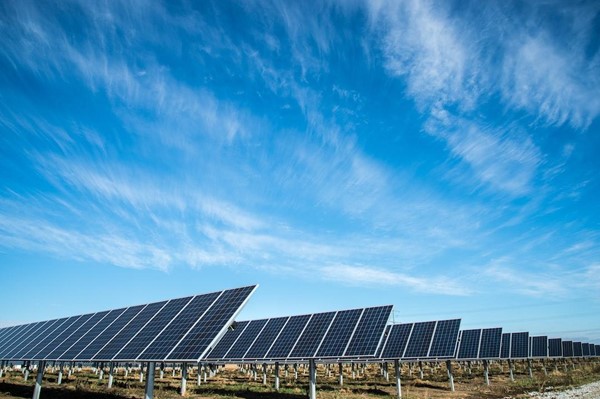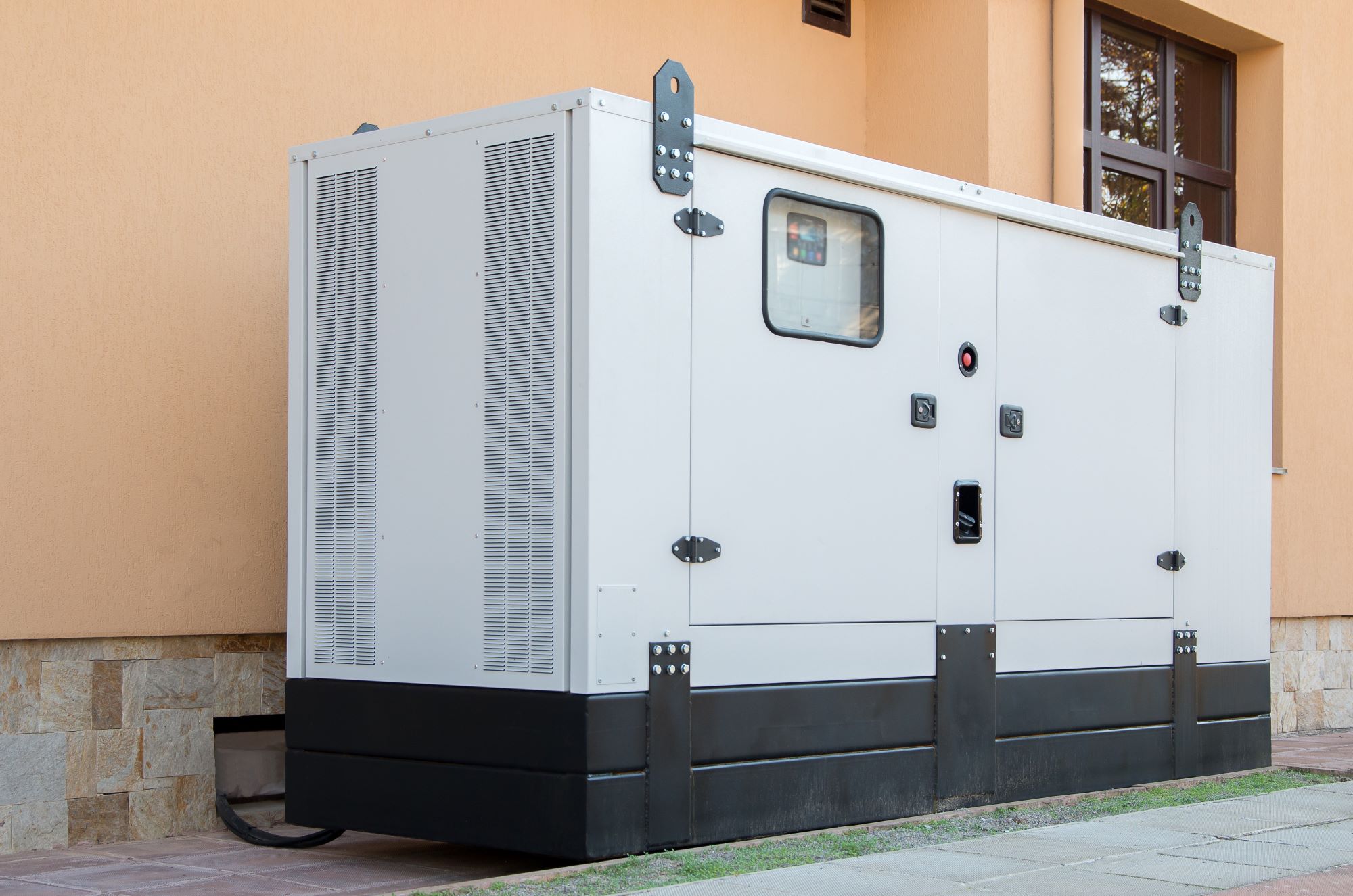How Does This New Carbon Capture Technology Remove 99% of CO2?
High levels of CO2 contribute to global warming and are fueling climate change. Without a severe reduction in global emissions, the human race risks reaching a point-of-no-return in 2035, where the impact of climate change will be irreversible. Reducing new emissions is only part of the equation. Removing existing CO2 from the atmosphere can also help to reduce our collective impact on the environment.
Many natural systems capture CO2, called carbon sinks. Plants, trees, the ocean and even the soil, can all capture and store carbon dioxide, but alone it isn’t enough to offset the amount of CO2 we generate every year. Climate researchers and engineers are trying to mimic that natural carbon sink process and may have finally cracked the code. How does this new carbon capture technology remove up to 99% of CO2?

How Does Carbon Capture Work?
At its most basic, carbon capture works by capturing the CO2 generated by industrial processes — some of the biggest offenders when it comes to carbon emissions — and either storing it or reprocessing it into something useful. Carbon Dioxide Capture and Storage (CCS) processes work by separating CO2 from the other gasses generated by those industries, compressing it and transporting it to its final resting place. Finally, the captured carbon dioxide can be injected into underground rock formations to capture it permanently.
The exact details will vary based on the availability of these underground structures. The Zero Carbon Hunter project, based in the United Kingdom, uses a saline aquifer 1.6km below the seabed in the North Sea. This aquifer, named Endurance, is 90 miles off the coast of the UK and could serve as a capture point for tons and tons of CO2. Depleted oil and gas fields could also serve as CO2 storage.
Advances in Carbon Capture Technology
Researchers at the University of Delaware recently discovered a way to remove upwards of 99% of CO2 from the air, using a hydrogen-powered system that doesn’t generate additional emissions. This unique electrochemical system came into being as researchers worked to find a way to improve existing hydrogen exchange membranes (HEM) fuel cells. These fuel cells are still a new technology, but they might replace lead-acid batteries as a primary energy source if engineers perfect them.
The biggest challenge with these HEM fuel cells is that they don’t react well to carbon dioxide. If they encounter too much CO2, they can lose up to 20% of their performance and efficiency, which researchers have been trying to overcome for 15 years.
More recently, the team discovered why the HEM fuel cells choked in the presence of CO2 — they were absorbing nearly all of it. It wasn’t their intended function, but this type of accidental carbon capture technology could make an enormous difference. It doesn’t help make the fuel cells more functional, but the technology could help make it easier to counter some of the damage that we’re doing to the planet with those carbon emissions.
Making Carbon Work For Us
Carbon capture and storage is one solution, but it’s not perfect. For one thing, eventually, we will run out of places to store all that CO2 — and there’s no telling the impact it might have if it escapes back into the atmosphere. Researchers and scientists are exploring other ways to get rid of CO2 by capturing it and turning it into something useful. Instead of CCS, this looks at carbon capture and utilization (CCU).
Captured CO2 can replace water during the curing process of concrete. In addition to saving water and trapping CO2 in the finished product, the cured concrete is stronger than traditionally cured surfaces. There is also the possibility of using captured CO2 to create carbon-neutral synthetic fuels. This technique kills two sustainability birds with one stone by using caught CO2 and reducing our reliance on fossil fuels in one fell swoop.
These are just a couple of examples. The potential applications for the captured CO2 are limitless — the challenge lies in capturing it. The University of Delaware researchers’ work could be the final piece of the puzzle to create a genuinely carbon-neutral future.
Creating a More Sustainable Future
Time is swiftly running out before, as a planet, we need to reduce our carbon emissions by 50%. While eliminating all of those emissions isn’t possible with the current shape of industry and technology, we can take steps to reduce the CO2 in the atmosphere and offset the emissions that we do create. 2030 is the first deadline, barely eight years away. The new carbon 99% efficient carbon capture technology is a light at the end of this very long tunnel and proves that we may have a chance at preventing the looming climate crisis.


















